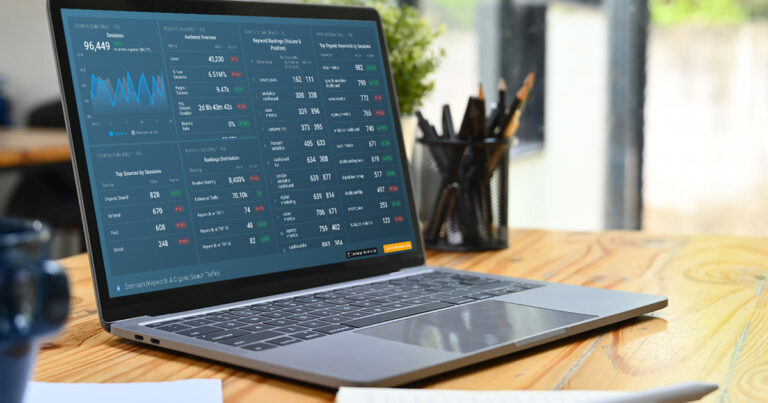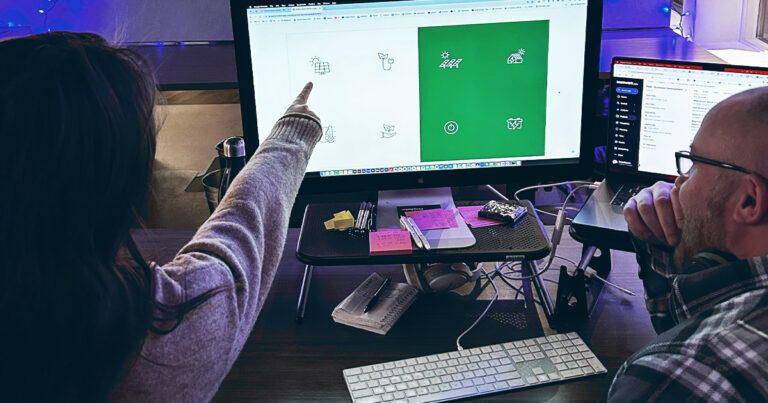In This Tech-Driven, Fast-Paced World, Knowing How to Maintain Audience Attention is Key
When wondering how to get the reader’s attention, keep this in mind: people skim everything, from incoming emails and text messages to their choices on a restaurant menu. This means that confirmation bias is running through more areas of our lives than we might like to think, as is the general lack of time in everyone’s busy lives. When trying to obtain and maintain your audience’s attention, playing into that phenomenon can often be a strong game plan.
How Audiences Decide To Engage
From deciding whether to read a credit card offer from our banks to choosing the same meal at every Italian restaurant you visit, pleasure versus pain, or rather the familiar versus the unfamiliar, plays a sizable role in our decision-making processes. Confirmation bias leads us to seek out and pay attention to the things we already know we agree with or will enjoy; the things that bring us pleasure and allow us to avoid the possibility of pain.
This process often involves recognition, or lack thereof, and leads us directly down the path of skimming for the information we know will make us happy. According to a Fast Company, this process involves four stages yet takes place almost instantaneously in our minds:
- Stage 1: Deciding whether or not engage — if an audience chooses not to engage, the stages end here
- Stage 2: Deciding when to engage
- Stage 3: Deciding how much time or attention to give
- Stage 4: Deciding whether or not to respond if a response is warranted
Whether you’re trying to get an audience to engage with an offer email, a newsletter, or even a selection of products, your audience will go through these stages in some way or another. The biggest factor here tends to be that people really, truly value their time, so deciding whether something is worth their time determines if they will move past stage one at all.
All in all, this comes back to something that Fast Company has dubbed the “good enough rule.” Since we’re all making these snap decisions, placing our own valuable time above the need to sort through what may actually bring us the most pleasure or enjoyment, we often settle for what seems “good enough” at a glance. Whether that’s an email or a card for a coworker, we tend to land on the quickest, simplest decision that appears to be satisfactory enough.
Now Or Later — How Audiences Decide When To Engage
This stage can be particularly tricky when trying to get audiences to engage depending on the type of content or products or services you’re putting in front of them. For example, let’s say there are two media companies that post their articles to social outlets. One routinely posts threads of mindlessly enjoyable content, such as the best wedding dresses in cinema, and the other reports on hard news topics, such as the uptick in destructive wildfires as climate change affects our world. The first option is pleasurable to a breadth of audiences, offering them a few moments of mindless enjoyment and intrigue. The second option is more along the lines of “good for us,” something that forces us to think about the events in our world, and is therefore less pleasurable and enjoyable.
As we learned in the last section, when audiences are making their snap decisions, they are much more likely to choose the pleasurable and enjoyable option, but that doesn’t mean they don’t consider the “good for us” option as something to do later on. Essentially, it’s procrastination. People don’t want to wait for pleasure and while they know they should, or might even want to, engage with more important content, they’re statistically more likely to push it off for as long as possible.
This can be true even if it’s at a detriment to the audience. Fast Company illustrates this phenomenon by referencing a well-known study that offers an audience $100 right now or $101 in a week. Surprise, surprise, the majority chose to receive $100 right now even though if they just wait one week they would receive more money. We are actually willing to lose out on things that will benefit us more when given the option of something enjoyable in the moment.
How To Get The Reader’s Attention — Really
Think about the basic structure of a journalistic article; if you aren’t familiar, they typically begin with a section called the nut graf. According to NPR, the nut graf is an introductory paragraph (or paragraphs) that “tells the impatient reader where they’re headed, which is essential to keeping them as engaged as possible for as long as possible.” While the concept of the nut graf has been linked with journalism, there’s a lot to be said for its effectiveness in all types of content.
As we now know, readers skim and prioritize their time and enjoyment over everything else. The concept of a nut graf can be especially helpful when you’re wondering how to get the reader’s attention because it gives them a fairly clear idea of the satisfaction they might gain if they choose to continue reading.
In essence, making the point of your content clear from the get-go is a fantastic way to capture an audience’s attention. Catering to the right audiences, on the right platforms, and in the right ways, are also crucial steps, of course, but when wondering how to maintain audience attention, consider people’s universally short attention spans, first.


